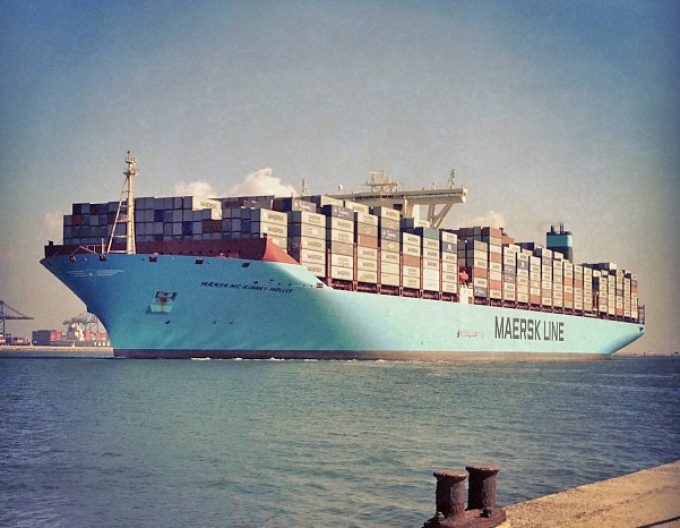Ocean Alliance suspends transpacific PSW11 service
Despite reports that some major US importers have decided to resume shipments out of China ...

THE Alliance and Ocean Alliance vessel-sharing partners are taking full advantage of the 2M’s potentially messy divorce to beef up their east-west networks and grab market share.
Both Ocean and THEA members announced network upgrades last month, whereas, as the notice period for the disbandment of the 10-year VSA continued, 2M partners Maersk and MSC kept their strategy cards close to their chests.
However, these polar-opposite strategies are understood to be becoming more evident in operational discussions as the notice period ticks ...
Maersk u-turn as port congestion increases across Northern Europe
Apple logistics chief Gal Dayan quits to join forwarding group
Maersk Air Cargo sees volumes fall as it aims for 'margin in favour of revenue'
Transpac rates hold firm as capacity is diverted to Asia-Europe lanes
Houthis tell Trump they will end attacks on Red Sea shipping
Airlines slash freighter capacity post-de minimis, but 'the worst is yet to come'
MSC revamps east-west network as alliance strategies on blanking vary
India-Pakistan 'tit-for-tat' cargo ban sparks sudden supply chain shocks

Comment on this article